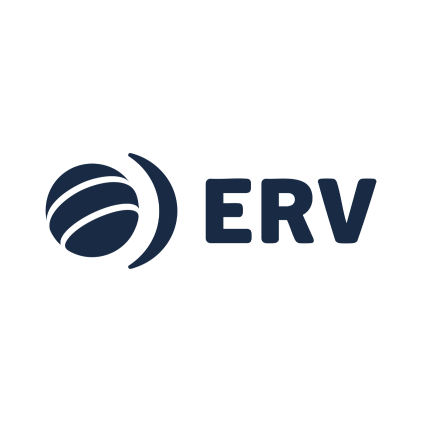Fahrgäste erwarten schnelle Antworten: Ein KI-gestützter Chatbot beantwortet Fragen zu Fahrplänen, Tickets oder Verspätungen automatisch, rund um die Uhr – für besseren Service und weniger Aufwand.
.png)
Die KI-Automatisierungsplattform von aiaibot macht es möglich.
.png?width=441&height=400&name=Design%20ohne%20Titel%20(43).png)
.png?width=441&height=400&name=Design%20ohne%20Titel%20(40).png)
.png?width=441&height=400&name=Design%20ohne%20Titel%20(41).png)
.png?width=441&height=400&name=Design%20ohne%20Titel%20(54).png)
.png?width=441&height=400&name=Design%20ohne%20Titel%20(44).png)
.png?width=441&height=400&name=Design%20ohne%20Titel%20(42).png)
.png?width=441&height=400&name=Design%20ohne%20Titel%20(46).png)
.png?width=441&height=400&name=Design%20ohne%20Titel%20(53).png)
.png?width=441&height=400&name=Design%20ohne%20Titel%20(49).png)
.png?width=441&height=400&name=Design%20ohne%20Titel%20(51).png)
.png?width=441&height=400&name=Design%20ohne%20Titel%20(47).png)
.png?width=441&height=400&name=Design%20ohne%20Titel%20(48).png)
.png?width=441&height=400&name=Design%20ohne%20Titel%20(45).png)
.png?width=441&height=400&name=Design%20ohne%20Titel%20(39).png)
-1.png)
Das Aufsetzen und die Implementierung waren dank der professionellen Anleitung durch das aiaibot Team in kürzester Zeit erledigt. Die kontinuierliche Unterstützung während unserer steilen Lernkurve in den ersten Monaten war sehr wertvoll für uns. Unser/e neuer/neue «Mitarbeiter:in» Toni hat in immer mehr Projekten einen festen Platz im Team und wird gerade auf weitere Aufgaben vorbereitet.
.png)
Die Zahlen sprechen für sich: Über 1'400 optimierte Journal-Einträge innert 3 Monaten, mehr als 1'000 automatisiert beantwortete Kundenanfragen und eine IT-Bot-Engagement Rate von 67 % – weit über dem Branchendurchschnitt. Mit aiaibot haben wir Effizienz sowie Qualität messbar gesteigert.
.png)
Rechtsberatung powered bei KI – geht das? Ja, das geht, wenn man so gute Datensätze hat wie der Beobachter, um die KI zu trainieren. Und so gute Beraterinnen und Berater, um die KI zu begleiten.

Durch die aiaibot-Plattform konnten wir in kürzester Zeit und mit grosser Flexibilität unseren bereits etablierten Chatbot auf die nächste Stufe heben. Mit den neuen GPT-Funktionalitäten bieten wir unseren Kundinnen und Kunden eine noch bessere und effizientere Customer Experience und können fundiertere Antworten über den Chatbot liefern.
.png)
Mit Mia wird das Kundenerlebnis signifikant verbessert und die Mitarbeitenden im Kundendienst von zeitintensiven Routinearbeiten entlastet.
Zwei smarte Use Cases, ein gemeinsames Ziel: Prozesse vereinfachen und Zeit sparen.
Statt sich durch unübersichtliche Excel-Tabellen zu kämpfen, finden Mitarbeitende und Kund:innen jetzt per Chat das passende Produkt. Schnell, intuitiv und immer aktuell. Gleichzeitig verarbeitet unsere KI-basierte E-Mail-Automation hunderte Nachrichten täglich, klassifiziert sie automatisch, extrahiert relevante Inhalte und leitet sie blitzschnell an die richtigen Stellen weiter.
Lassen Sie uns gemeinsam herausfinden, wie aiaibot Ihre spezifischen Anforderungen erfüllen und Ihre Kommunikation automatisieren kann. Vereinbaren Sie jetzt ein unverbindliches Beratungsgespräch.

swiss moonshot AG
Hochbordstrasse 40
8600 Dübendorf
Schweiz
aiai@aiaibot.com